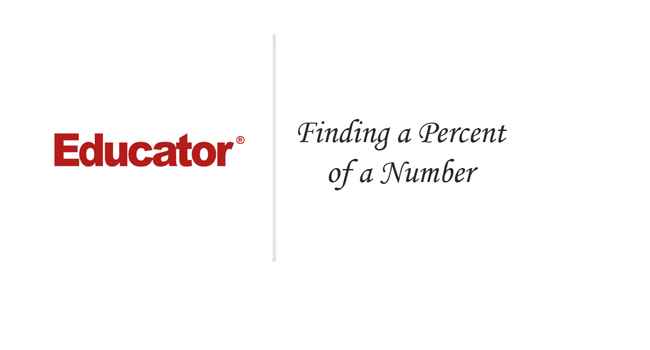Connecting...

This is a quick preview of the lesson. For full access, please Log In or Sign up.
For more information, please see full course syllabus of Basic Math
For more information, please see full course syllabus of Basic Math
Basic Math Finding a Percent of a Number
Lecture Description
In this lesson our instructor talks about finding a percent of a number. She explains percent of a number and does one example. Four complete extra example videos round up this lesson.
Bookmark & Share
Embed
Share this knowledge with your friends!
Copy & Paste this embed code into your website’s HTML
Please ensure that your website editor is in text mode when you paste the code.(In Wordpress, the mode button is on the top right corner.)
×
Since this lesson is not free, only the preview will appear on your website.
- - Allow users to view the embedded video in full-size.
Next Lecture
Previous Lecture










































 Answer Engine
Answer Engine



0 answers
Post by Jerry Wu on July 30, 2020
write a short summary about this lesson
1 answer
Last reply by: Xinlian Chang
Wed Feb 27, 2019 5:01 PM
Post by sherman boey on July 28, 2014
why 2 numbers need ()? cant i just replace it with X?
0 answers
Post by CW Burnette on February 8, 2013
i get it but is there another short cut